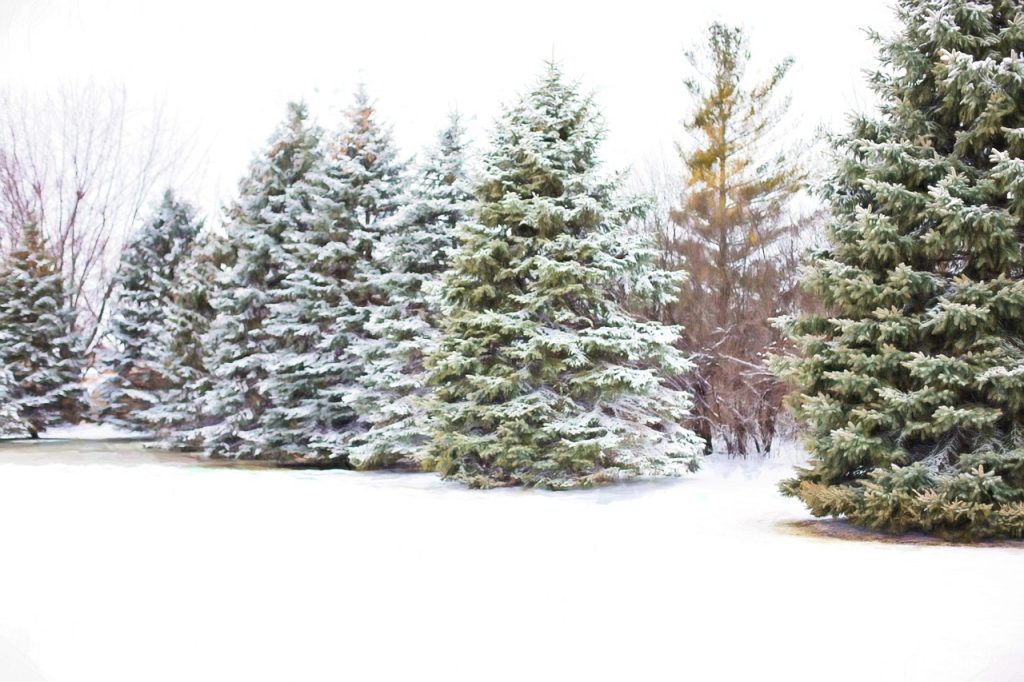Evergreen Trees Suddenly Dying Off In Record Numbers
This article is more than 2 years old

Evergreen trees, known to most as Christmas trees, are suddenly in jeopardy. The health of evergreen trees in Oregon has taken a turn for the worst as a vast area containing thousands of trees is suddenly dying.
Since the late 1940s, yearly aerial surveys have been completed nationwide to monitor tree health. The surveys are conducted by flying up to 2,000 feet and scanning the forest terrain in a grid pattern. Most surveyors can inspect around thirty acres a second.
If any anomaly is spotted, it can be marked on a tablet, and a more in-depth investigation into that area can be completed later. Unhealthy trees can be based on their color, trunk posture, and the fullness of their leaves.
While tree experts were expected to see a number of tree deaths due to the droughts that had recently occurred, they were shocked by how many trees had actually died. Initial figures show that up to 1.1 million trees have some signs of illness and death. This figure is double the highest number found since the survey began 75 years ago.
Some researchers are calling this incident the start of “firmageddon.” While most people would not be worried about the health of evergreen trees within a forest, some landowners call this a warning. A large number of trees dying indicates that something is wrong with the earth that needs to be addressed.
Oregon’s forests take up nearly half of the state. Numerous tree deaths have been prominent over the last decade, with increased numbers over the previous few years. Last year, Oregon surveyors identified 147,000 acres with dead or decaying evergreen trees, but the survey was not complete due to wildfires.
Experts feel that the forests have been pushed to the limit as climate change becomes more prominent. While the exact reason why there are so many tree deaths has yet to be uncovered, Oregon’s extreme drought has been a major part. It has made trees more vulnerable to insects and diseases, and it is hard for them to recover with no water.
Unfortunately, this problem is not exclusive to Oregon. It seems this problem has spread over the west coast of the US, as the West has been experiencing a sequence of megadroughts. These megadroughts continue for extended periods, mainly due to climate change warming the earth.
These changes have been hurting plants, crops, and wildlife, along with trees. To cope with the weather and environmental changes, landowners are starting to plant different types of trees that can withstand long periods without moisture. Other landowners are thinning out their forests so that there are fewer trees and less water is needed.
While dead trees are not ideal, they still play a part in the circle of nature. They can create habitats for insects and small animals and contribute to the replenishment of soil. Only time will tell how these forests will survive and change to live in this new ecological system. But no doubt, with the help of experts, if they can be saved, they will.





